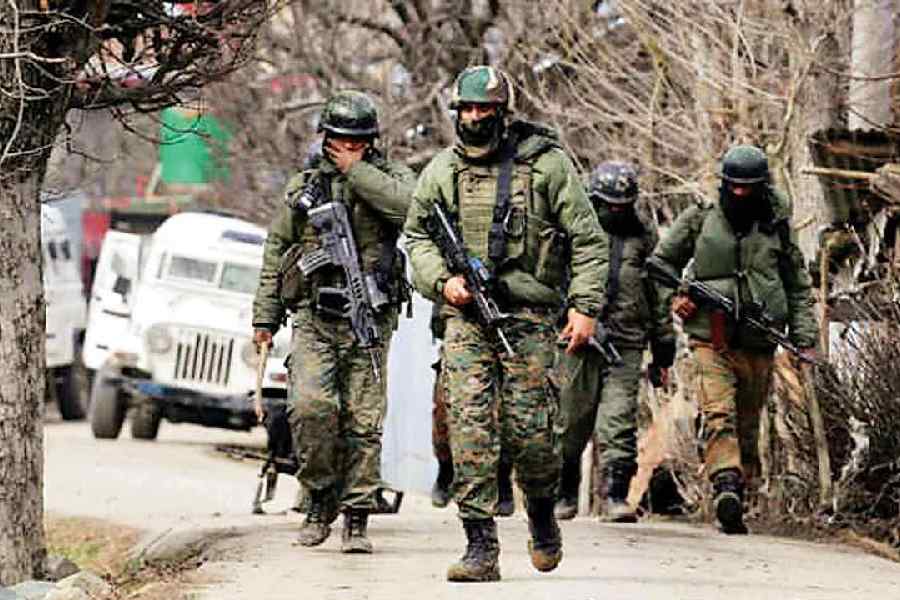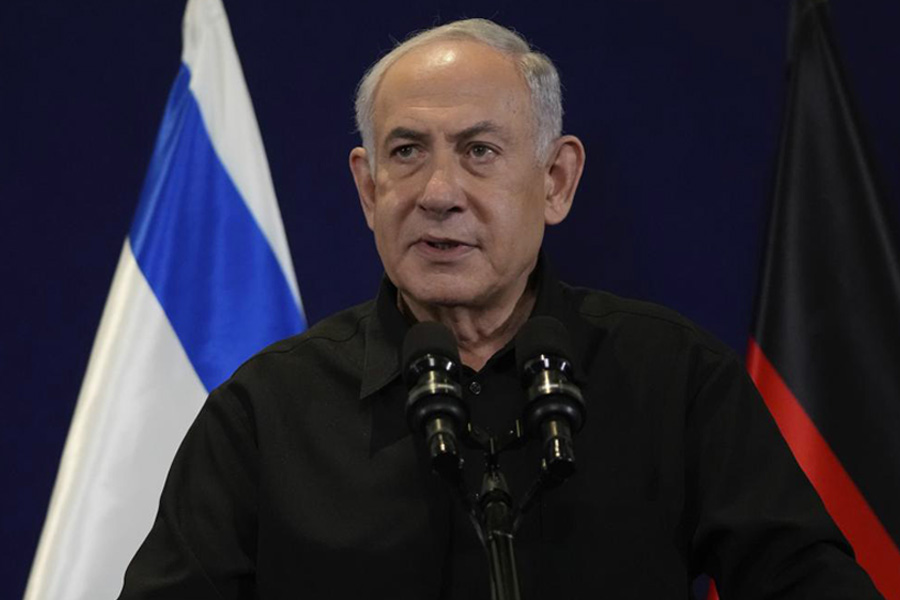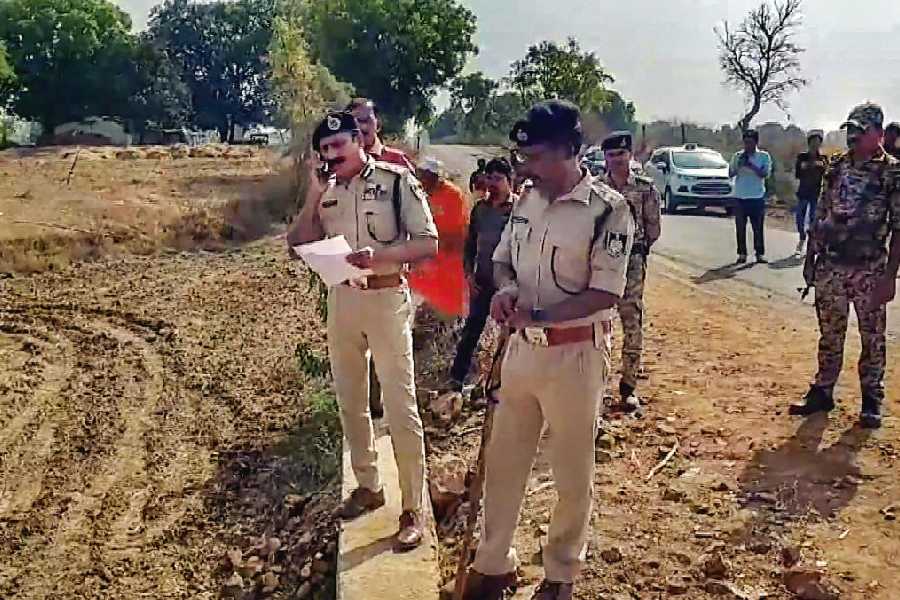The Constitution introduces our sovereign country as “India, that is Bharat”. However, since the recent G20 Summit, a suggestion has been floated that only ‘Bharat’ is to be the name at the expense of India. The ruling party still does not have the numbers needed for effecting such a constitutional change, at least in the Rajya Sabha, but that does not stop other unscrupulous means. A seven-member advisory committee reportedly suggested to the National Council of Educational Research and Training that the name, ‘Bharat’, alone be used in school textbooks. The NCERT has not officially commented on the suggestions, but the committee’s leader, C.I. Issac, a history teacher with a long association with the sangh ecosystem and a recent Padma awardee, openly claimed that the name, ‘Bharat’, traceable to the Vishnu Purana, has a 7,000-year-long history while ‘India’ is a modern coinage.
Issac is not a specialist of ancient Indian history. Still, the gross misinformation in the claim is astonishing from a teacher of history. Archaeology establishes that 7,000 years back, the Indian subcontinent was still in the stone ages. The Vishnu Purana is datable only to circa fourth century AD. Moreover, ‘India’, like ‘Bharat’, is an ancient name, not a British creation as is being claimed.
In 1492, Christopher Columbus named a newly-discovered region the ‘West Indies’, clearly confusing the name with the ancient memory of ‘India’. The very name of the East India Company, founded in 1600, shows that the name, ‘India’, preceded the Company’s rule. Queen Victoria’s adoption of the title, ‘Empress of India’, in 1858 was a reiteration of an ancient name. Nascent Indian nationalists adopted both names in founding the Bharat Sabha in 1883 and the Indian National Congress in 1885. Bharat/India is not geographically identical with the post-Partition State emerging in 1947, but the name/s bear an ancient legacy.
Ancient Mesopotamian records call the mature Harappan civilisation (c. 2600-1900 BC), with which they traded, “Meluhha”. However, whether Meluhha denoted any particular city, or the entire civilisation, or the whole subcontinent is unknown. Modern genetic research has proved that Eurasian steppe nomads from the northwest, possibly speaking an Indo-European language, migrated to the Indian subcontinent in the second millennium BC. The Rigveda Samhita, their oldest text, called their area of movement “Saptasindhu”, known to their Persian neighbours as ‘Haptahindu’. The name initially denoted the area watered by the Sindhu river system but gradually the Persians and their Greek rivals marked the entire region further east by equivalent terms. The Persian word, ‘Hindu/Hindus’, and the Greek word, ‘Indus’, are both derivatives of the name, ‘Sindhu’, leading to the names ‘Hindustan’ and ‘India’ with the use of respective Persian suffix, ‘stan’ (such as Uzbekistan, Afghanistan), and the Graeco-Roman suffix, ‘ia’ (such as Russia, Serbia), both denoting territorial identity. The use of the word, ‘Hindus’, goes back to the inscriptions of Darius I (sixth century BC). The Greeks knew about the land initially from the Persians, and Herodotus and Ctesias mention Hindike/ Indica/India even before Alexander’s army reached the region in the late fourth century BC.
The Vedic name, ‘Bharata’, carried different meanings. The Rigvedic people were organised in mobile nomadic tribal units known as jana. The most successful jana was Bharata whose leader, Divodasa, is celebrated for defeating the resilient non-Vedic chief, Shambara, while the march of the tribe to the Panjab under Sudas, the victory of Sudas over a confederacy of ten tribes on the bank of the Parushni (Ravi), and further triumphs in the Yamuna valley are documented by Vishvamitra and Vasishtha, the two most important poets of the Third and the Seventh Books of the Rig Veda, respectively. The Vedic term, ‘Bharata’ (pronounced Bhaarata), meant the members of the Bharata tribe, and not a territory.
In early first millennium BC, the Vedic people moved further east and adopted sedentary agricultural life. Territorial settlements (janapada) were formed. The most important janapadas were Kuru (emerging out of the coalition of the Bharatas and Purus) and the adjoining Panchala. Hereditary kingship developed. Lineages became more important than tribal identity. New genealogies refashioned Vedic tribal names as names of individual ancestors. The traditional historical memory of the Kurus, the Mahabharata (the word highlighting ‘Bharata’ lineage), remembers Puru, Bharata, and Kuru not as tribes but as individual mythical kings. The word, ‘Bhaarata’, is a common address for the people of Kuru lineage in the Mahabharata, but not for others.
The Mauryan emperor, Asoka (third century BC), in his edicts, described the subcontinent (including his territory as well as regions outside it) as ‘Jambudvipa’. However, the Hathigumpha inscription (c. first century BC) of Kharavela of Kalinga (Odisha) claims his victory over Bharadhavasa (Bharatavarsha) alongside many other regions (Bahasatimita’s Magadha, Satakarni’s western Deccan, Uttarapatha, Anga, Pandyas and other southern forces). Thus, unlike ‘India’ of the Greek writers or Asoka’s ‘Jambudvipa’, ‘Bharatavarsha’ was still one of the many regions of the subcontinent, probably the Kuru-Panchala region. Thus, the Vishnu Purana (c. fourth century AD) introduced a new concept when it spoke of Bharatavarsha — one of seven parts of a larger (and undefined) Jambudvipa — as a land bounded by the Himalayas in the north and the ocean in the south, whose inhabitants were descendants of Bharata.
Bharatavarsha was thus, as B.D. Chattopadhyaya shows, not a static concept of an akhand territory, but an evolving and fluid cultural concept. New areas adopting the Puranic Brahmanical culture continued to be included in this fluid Bharata which, though not politically united, encompassed Brahmanical sacred geographies such as the four Vaishnava dhamas, 12 Shaiva jyotirlingas, and 51 Shakta pithas. Brahmanical authors, like Dandin, also fantasised about uniting this cultural landscape politically, with the capital at Magadha. However, the diversity of languages and customs, literary styles and music, beliefs and sexual practices across regions have also been acknowledged by technical treatises from Natyashastra to Kamasutra. Thus, from ancient times, ‘Bharat’ denoted a cultural identity, while India/Hindustan represented a territorial identity. Therefore, even the Sultans and Mughals identified themselves as the rulers of ‘Hindustan’, distinguished from the rulers of Iran, Turkey, or Uzbekistan. Notably, the rebels of 1857 opposed the British, identifying themselves as ‘Hindus and Musalmans of Hindustan’. The duality of the names, ‘India’ (also Hindustan) and ‘Bharat’, is a testimony to the plural cultural heritage that the Constitution acknowledged. Altering that would be an attack on that heritage.
Kanad Sinha is Assistant Professor, Department of Ancient Indian and World History,The Sanskrit College and University










